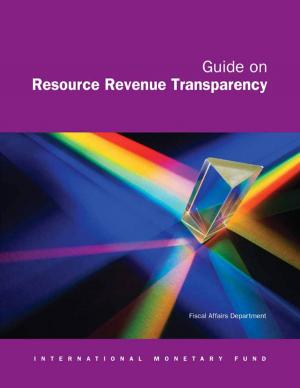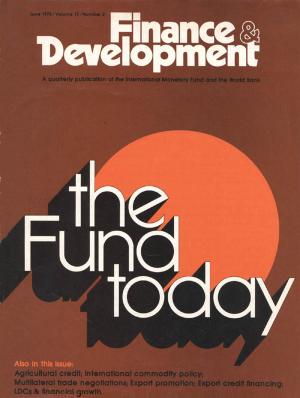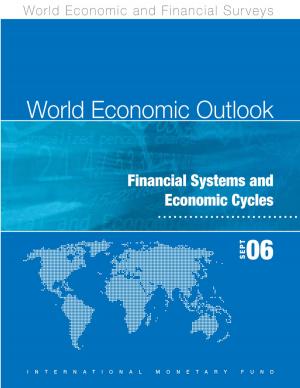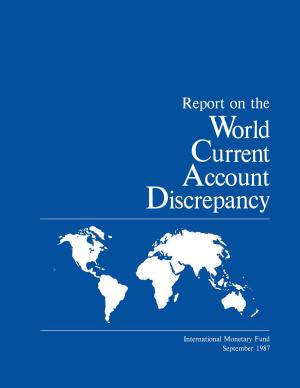Spillover Effects and the East African Community: Explaining the Slowdown and the Recovery
Business & Finance, Economics, International Economics, Nonfiction, Social & Cultural Studies, Political Science, Politics, Economic Policy| Author: | International Monetary Fund | ISBN: | 9781452755373 |
| Publisher: | INTERNATIONAL MONETARY FUND | Publication: | December 15, 2009 |
| Imprint: | INTERNATIONAL MONETARY FUND | Language: | English |
| Author: | International Monetary Fund |
| ISBN: | 9781452755373 |
| Publisher: | INTERNATIONAL MONETARY FUND |
| Publication: | December 15, 2009 |
| Imprint: | INTERNATIONAL MONETARY FUND |
| Language: | English |
The East African Community (EAC) countries—Kenya, Tanzania, Uganda, and Rwanda—have been affected by the global financial crisis and global recession. The fall in global demand and inflows and tighter liquidity conditions abroad affected the countries in this region as elsewhere in sub-Saharan Africa. But how hard have countries in the EAC been hit? Have the spillovers from the global crisis affected countries in the region as much as other countries in the sub-Saharan region? Have the transmission channels or magnitudes of the spillovers been different across EAC countries? How can these countries return quickly to a path of sustained high growth? What is the role for policy? Would acceleration of regional integration and policy coordination help achieve this goal? Would it make the region less susceptible to shocks? This paper focus on the EAC countries and attempts to address these questions.
The East African Community (EAC) countries—Kenya, Tanzania, Uganda, and Rwanda—have been affected by the global financial crisis and global recession. The fall in global demand and inflows and tighter liquidity conditions abroad affected the countries in this region as elsewhere in sub-Saharan Africa. But how hard have countries in the EAC been hit? Have the spillovers from the global crisis affected countries in the region as much as other countries in the sub-Saharan region? Have the transmission channels or magnitudes of the spillovers been different across EAC countries? How can these countries return quickly to a path of sustained high growth? What is the role for policy? Would acceleration of regional integration and policy coordination help achieve this goal? Would it make the region less susceptible to shocks? This paper focus on the EAC countries and attempts to address these questions.















